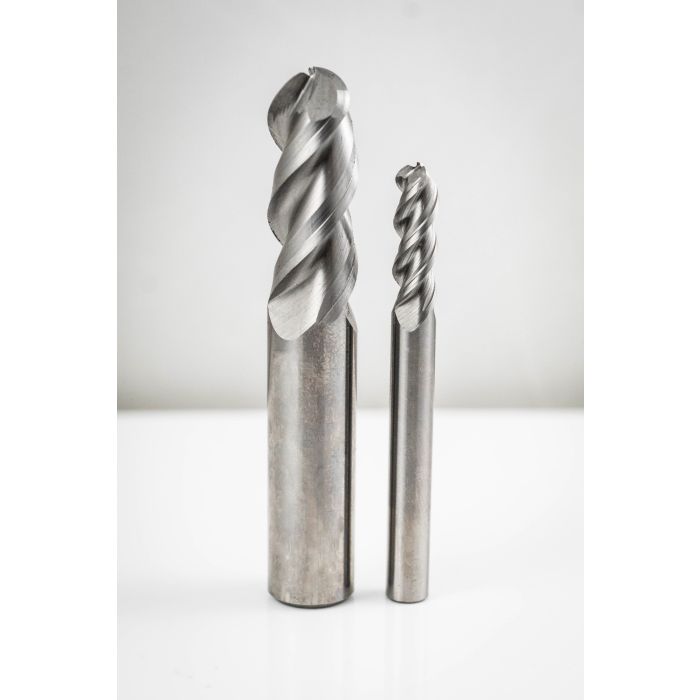
Guidelines for Choosing the Right RPM for Your Burr
In the world of machining and precision work, achieving the perfect finish and performance hinges on a multitude of factors. One crucial element often overlooked is the RPM (Rotations Per Minute) setting for your burr.
In this guide, we’ll explore the significance of RPM selection and provide guidelines for choosing the right RPM for your burr in various applications.
Factors Affecting RPM Selection
Selecting the appropriate RPM for your burr involves considering several key factors:
Burr Type and Shape
Different burr types and shapes are designed for specific tasks. For instance, cylindrical burrs are excellent for deburring, while ball-shaped burrs excel in contouring. The type and shape you choose will influence the ideal RPM setting.
Material Considerations
The material you’re working on plays a significant role in RPM selection. Harder materials like metal may require lower RPMs for precision cutting, while softer materials such as wood or plastic can handle higher RPMs.
Tool and Equipment Specifications
Your choice of tool and its specifications also impact RPM. Be aware of your tool’s maximum RPM capacity and ensure it aligns with the RPM you intend to use for your burr.
Project Goals and Desired Outcomes
Consider the goals of your project. Do you prioritize precision, surface finish, or material removal rate? The desired outcome will guide your RPM choice.
RPM Guidelines for Common Burr Applications
Let’s delve into practical RPM guidelines for common burr applications:
- Metal Deburring: When using high-performance carbide end mills for metal deburring, start with RPMs between 5,000 and 10,000 for precision work. Adjust as needed based on material hardness.
- Wood Carving and Shaping: For woodwork with burrs, you can often work in the range of 15,000 to 25,000 RPM for efficient carving and shaping. Experiment to find the sweet spot for your specific wood type.
- Plastic Trimming and Polishing: When working on plastics, RPMs in the 10,000 to 20,000 range are typically effective. Ensure your RPM choice doesn’t generate excess heat that could melt the plastic.
- Engraving and Detailing: Precision engraving often requires lower RPMs, around 5,000 to 15,000, depending on the depth and detail of the engraving.
Final Words:
Choosing the right RPM for your burr is a critical step in achieving precision and efficiency in your machining projects. Whether you’re working with high-feed end mills or high-performance carbide end mills, following these guidelines will help you unlock the full potential of your burr tools.
Ready to explore the world of burrs and precision machining tools? Browse Burrs4less selection of high-quality burrs, end mills, and cutting tools designed for high-performance applications.


